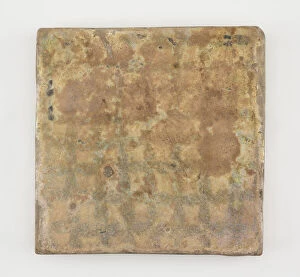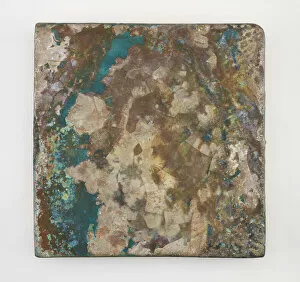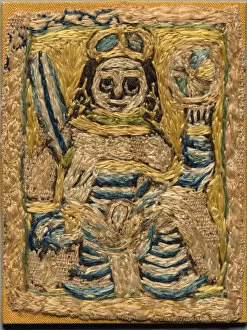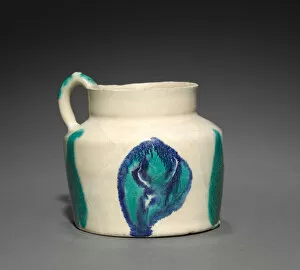Abbasid Period Collection
The Abbasid period, which spanned from the late 12th to the early 13th century, was a time of great cultural and artistic flourishing in Islamic history
For sale as Licensed Images
Choose your image, Select your licence and Download the media
The Abbasid period, which spanned from the late 12th to the early 13th century, was a time of great cultural and artistic flourishing in Islamic history. This can be seen through various artifacts that have been preserved over the centuries. One such artifact is a tile from this period, and is large and square in shape, showcasing intricate designs and patterns that were characteristic of Abbasid art. The creator of this tile remains unknown, but their craftsmanship speaks volumes about the skill and creativity prevalent during this era. Another significant piece from this time is a text page from a Materia Medica of Dioscorides, dating back to around 1224. Created by Abdallah ibn al-Fadl in Iraq, it provides valuable insights into medicine practices during the Abbasid period. This manuscript highlights the importance placed on herbal remedies and medicinal knowledge at that time. A segmentum from a tunic also offers glimpses into Abbasid fashion trends between the mid-700s to mid-800s. Although its creator remains anonymous, its intricate design showcases fine embroidery work that was highly valued during this era. Quran manuscripts are another important aspect of Abbasid culture. Several folios have been preserved from different periods within the 800s to 900s. These beautifully written texts demonstrate not only religious devotion but also exceptional calligraphic skills possessed by unknown scribes. Lastly, an illustration depicting three physicians preparing medicine further emphasizes the significance given to medical knowledge during this period. Found within an Arabic translation of Dioscorides' Materia Medica dated back to 1224, it showcases both scientific understanding and artistic representation in one image.













